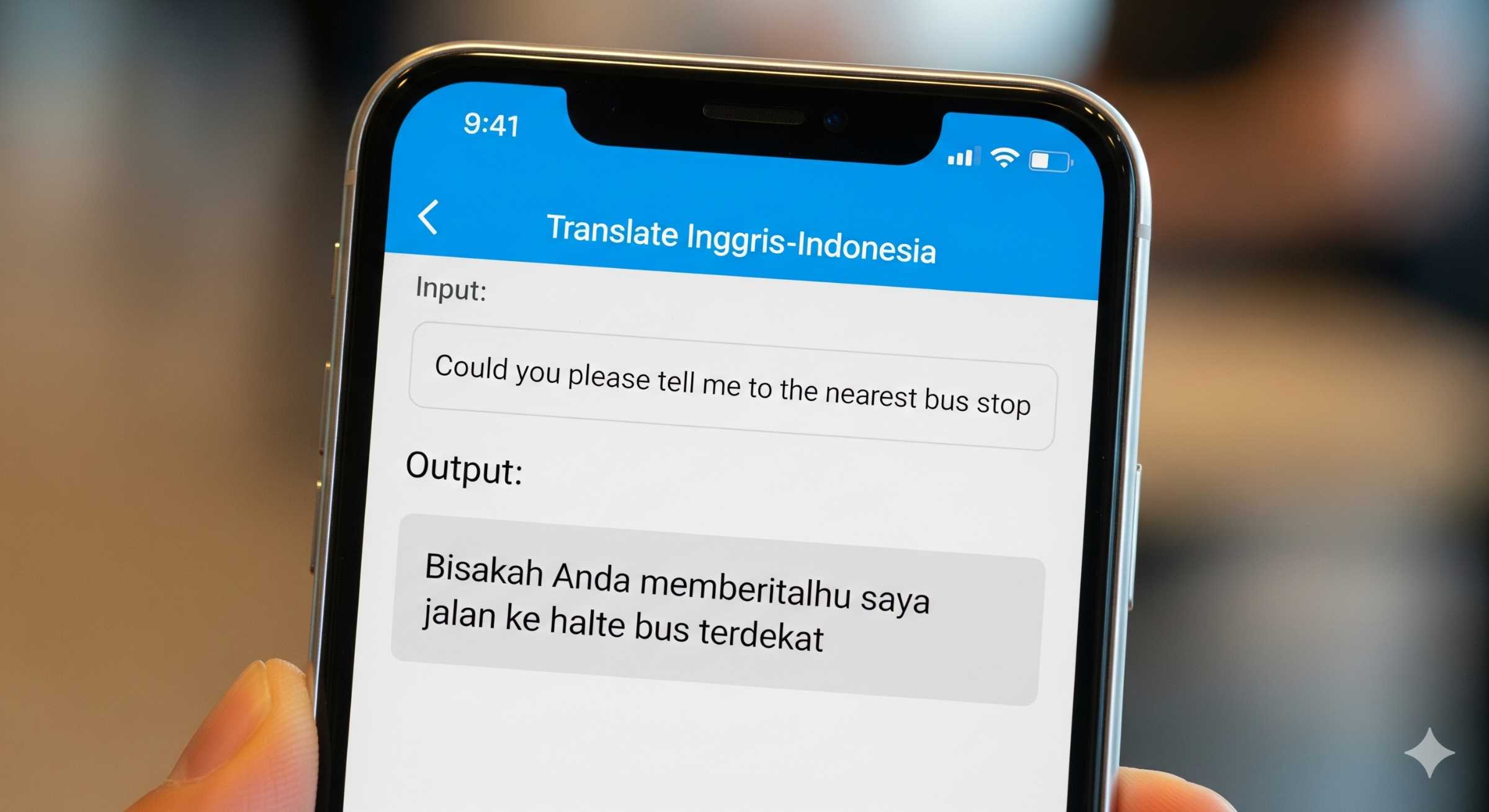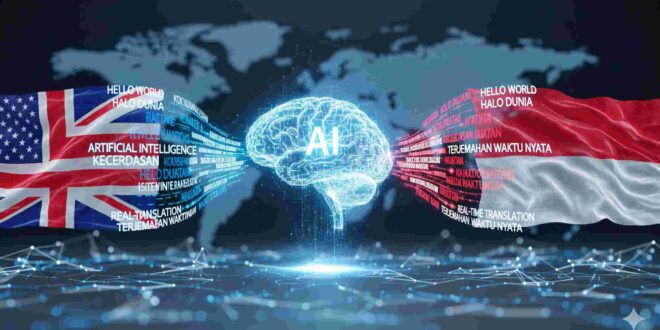I had a humbling moment while presenting at a conference in Jakarta. I was walking the audience through some machine learning use cases when a participant raised their hand and asked me to translate Inggris-Indonesia for a key slide. My brilliant idea? I opened Google Translate on the big screen—only to discover the translation sounded stiff and confusing. The room laughed kindly, but I felt like I’d just demoed Windows 95 at an iPhone launch.
That experience taught me something valuable: translating between English and Indonesian isn’t just about word swaps. It’s about clarity, tone, and context. And now, with AI powering the process, translate Inggris-Indonesia has become less of a clunky workaround and more of a seamless part of how we connect across cultures.
Why Is Translate Inggris-Indonesia More Complex Than It Looks?
At first glance, English and Indonesian seem straightforward to translate. Both are flexible, both borrow words from other languages, and both are widely taught. But scratch the surface and you’ll find major challenges.
English thrives on idioms and layered meaning. Phrases like “under the weather” or “the ball is in your court” don’t make sense literally. Indonesian, meanwhile, is context-rich and highly dependent on tone and formality. The word “you” alone can shift between kamu, Anda, kalian, or kau depending on relationship and setting.
So when you ask AI to translate Inggris-Indonesia, you’re really asking it to do more than juggle vocabulary. You’re asking it to interpret culture, nuance, and social dynamics—all in milliseconds.
How Is AI Changing the Way We Translate Inggris-Indonesia?

The biggest leap forward has been neural machine translation (NMT). Unlike old-school systems that translated word by word, NMT processes entire sentences, analyzing patterns across massive datasets. That allows it to recognize context and produce more natural phrasing.
Modern AI translation tools are also adaptive. If you keep feeding corrections, the models learn your preferences. For businesses, this means brand voice consistency. For individuals, it means fewer awkward translations that make you sound like a broken chatbot.
The real game-changer? Real-time translation. Today, AI can translate Inggris-Indonesia live in meetings or video calls, making collaboration possible without waiting for an interpreter or fumbling over language gaps.
What Are the Common Pitfalls of Translate Inggris-Indonesia?
AI is smart, but not perfect. One common pitfall is over-literal translation. Machines might translate “break a leg” into “patahkan kaki,” which is closer to a hospital visit than good luck. Another is mismatched formality—where the AI chooses casual pronouns in a business setting, which can come across as disrespectful.
There’s also cultural context. Indonesian phrases like “jam karet” (literally “rubber time”) don’t exist in English, and if AI translates it directly, the meaning is lost. These nuances prove why human oversight still matters.
The good news is AI is improving rapidly. With better datasets and reinforcement learning, the number of “facepalm” translations is shrinking. Still, the trick is treating AI translation as a partner, not a replacement.
How to Use Translate Inggris-Indonesia Effectively With AI Tools

Here’s a practical approach I use with my own projects and teams:
Step 1: Choose the right tool. Google Translate and DeepL are good for speed, but specialized AI-powered platforms like Lokalise or Smartling are better for business use.
Step 2: Give AI context. Don’t just paste “open file.” Instead, specify “open file button in a design app.” Context reduces mistakes.
Step 3: Review tone and formality. Ask yourself: will this sound natural in a workplace? Would this feel polite to a client?
Step 4: Add human review. For contracts, campaigns, or anything sensitive, pair AI’s speed with human judgment. It’s the best of both worlds.
By treating translate Inggris-Indonesia as a workflow instead of a quick hack, you’ll get results that feel authentic, not robotic.
Also Read: Terjemahan: How AI Is Changing the Way We Translate Language
FAQs About Translate Inggris-Indonesia
1. Can AI handle idioms when I translate Inggris-Indonesia?
Sometimes, but not always. Idioms often trip up machines because they’re cultural, not literal. The best approach is to double-check idioms or rewrite them in simpler terms before translating.
2. Which AI tools are best for translating English to Indonesian?
For casual use, Google Translate is fine. For higher accuracy, DeepL or dedicated translation platforms with neural engines offer better nuance. If you’re in business, choose tools that let you upload glossaries for brand consistency.
3. Is AI translation accurate enough for legal or medical documents?
Not by itself. AI can give you a draft, but human experts are essential for sensitive material. A mistranslation in these fields can have serious consequences.
4. How can I improve the quality of my translations?
Always provide context, use clear input sentences, and run a quick review afterward. Many platforms allow you to rate or edit translations, which improves future results.
Meaning Isn’t Lost—Unless You Stop Caring
Here’s the truth: translate Inggris-Indonesia isn’t about creating word-for-word copies. It’s about capturing meaning, intent, and respect. AI makes this faster than ever, but speed without thought is just noise.
I’ve had my fair share of embarrassing translation slip-ups, but those mistakes taught me the golden rule: treat AI like your assistant, not your boss. With a little care, your translations can sound natural, professional, and human—even if they start from a machine.
So next time you hit the translate button, pause for a second. Ask yourself: does this carry the real meaning? Because that’s where the magic lives. And that’s how AI helps us cross not just languages, but cultures.
 aspectswebdesign.com
aspectswebdesign.com

